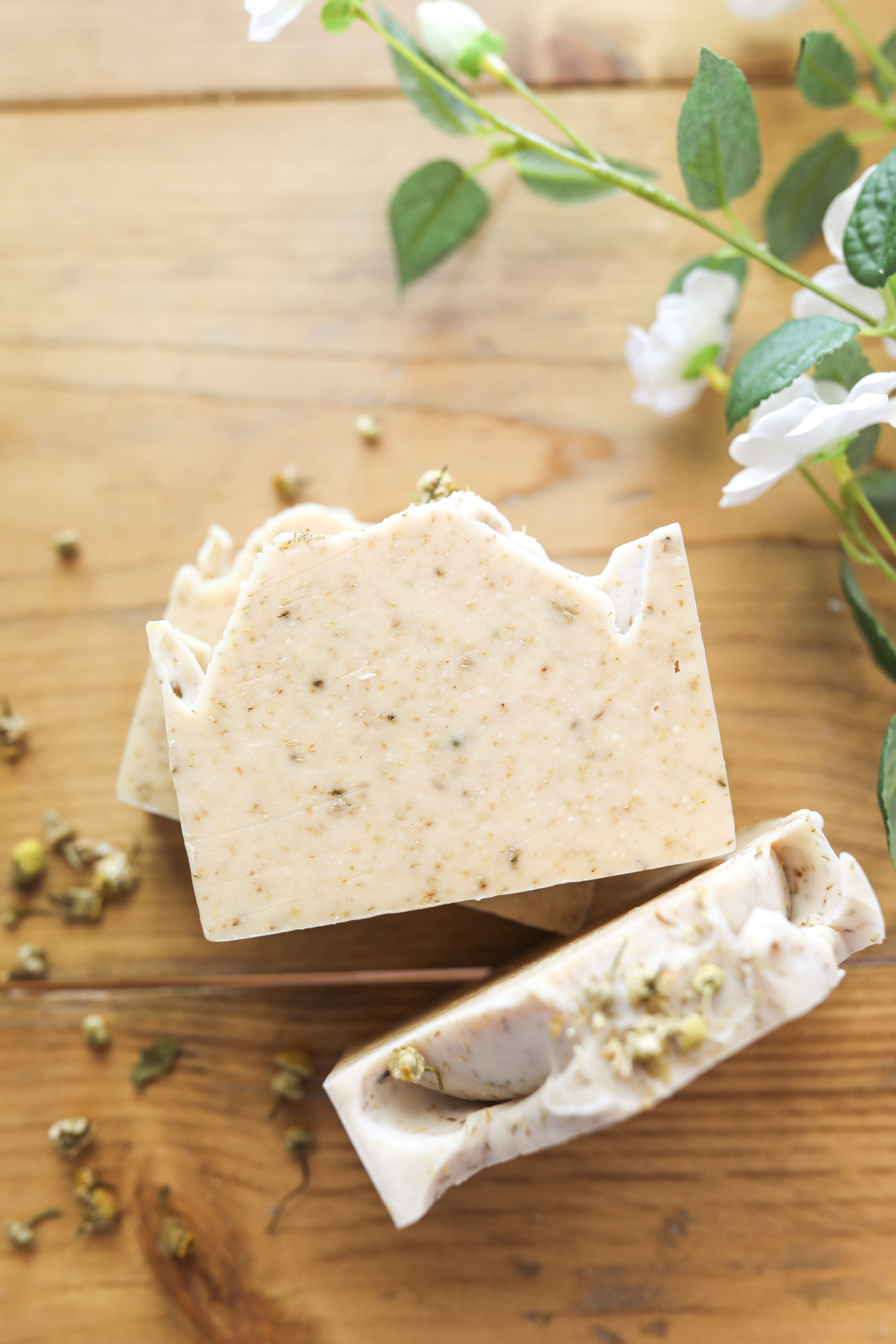
Learn how to make homemade milk and tallow soap with my simple cold process soap recipe! If you’ve never made soap before— don’t fret. This homemade soap recipe is perfect for beginners. It’s easy to make, uses all natural ingredients and lathers up perfectly.
Once I started making homemade soap, I’ve never gone back to store-bought. My homemade milk and tallow soap recipe is so soft, gentle, cleansing and luxurious. Plus, its fun and rewarding to connect to the traditional process of soap making and create your very own soap bars with your hands.
What Is Cold Process Soap Making?
Cold process soap making is a traditional method of soap making, combining lye (sodium hydroxide) and oils at room temperature, which creates a chemical reaction called saponification. Saponification results in a soap bar that retains natural glycerin and is super gentle on the skin. The soap batter is then cured for 4-6 weeks to fully set and harden before use.


Equipment You’ll Need
- Digital scale– for accurately measuring milk, fats, and lye
- Ice cube tray– to freeze the milk
- Heat-resistant glass container or jar– for mixing the lye solution
- Measuring spoons/cups– for essential or fragrance oils
- Stainless steel or heavy-duty plastic bowl– for weighing and mixing lye (avoid aluminum)
- Stainless steel or enamel-coated saucepan– for melting tallow, oils, and shea butter
- Silicone spatula or wooden spoon– for stirring the mixture
- Immersion blender– to blend the soap mixture to trace
- Silicone or lined soap mold (42 oz capacity)– for shaping the soap
- Cardboard or thick surface protector– to protect your work area
- Plastic wrap or parchment paper– to cover the soap while setting
- Refrigerator or freezer– for the initial setting process
- Sharp knife or soap cutter– for slicing bars evenly
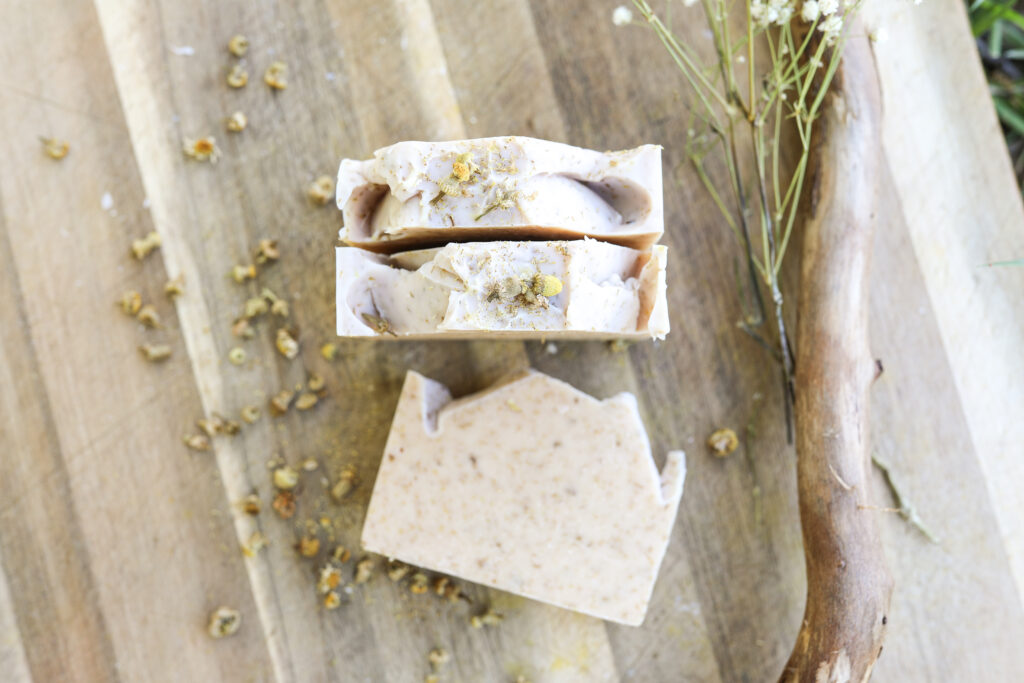
Safety Gear
Safety equipment is absolutely essential when making homemade cold process soap. This is because lye (sodium hydroxide) is a main ingredient in the soap making process. Lye is a caustic substance that can burn the skin upon contact, and produce fumes when being heated. But don’t let that stop you from making your own homemade soap! With a few simple safety precautions, cold process soap making is entirely safe, and has been a traditional soap making method since the 18th century.
- Gloves (chemical-resistant)– to protect hands from lye
- Safety goggles– to shield eyes from splashes
- Mask or respirator– to avoid inhaling lye fumes
- Long-sleeve clothing– for added protection
- Gloves (chemical-resistant)– to protect hands from lye
- Safety goggles– to shield eyes from splashes
- Mask or respirator– to avoid inhaling lye fumes
- Long-sleeve clothing– for added protection
Homemade Soap Ingredients
- 24 oz Tallow
- 4 oz Shea butter
- 4 oz Jojoba oil or olive oil
- 3 oz Coconut oil
- 10.23 oz frozen cow’s milk or frozen goats milk
- 4.58 oz sodium hydroxide
- 2 oz of essential oil (optional)
- 4 tsp of green clay

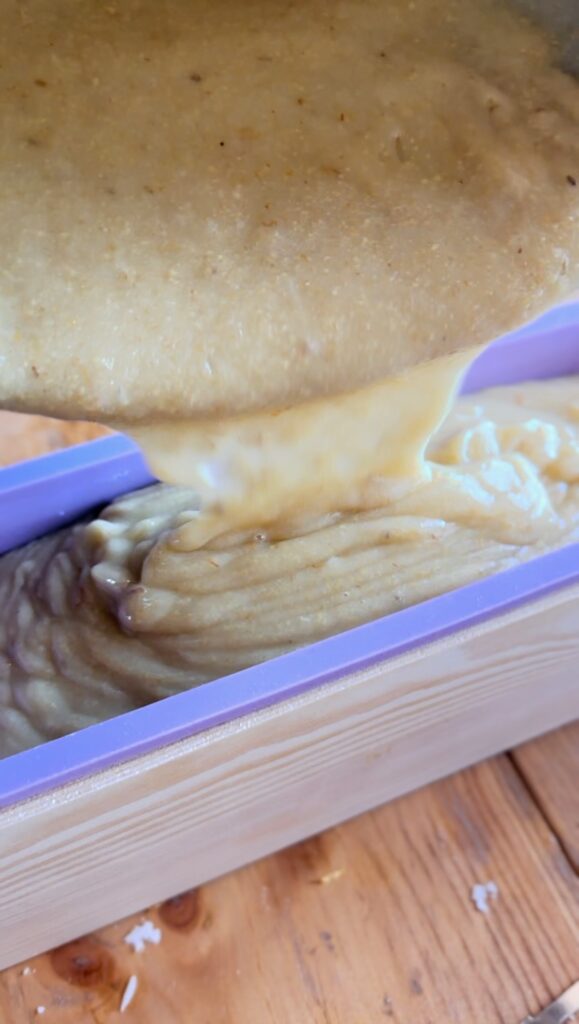
How to Make Homemade Soap
1. Prepare the Milk: Weigh the required amount of milk using a digital scale. Pour it into an ice cube tray and freeze until solid.
2. Melt the Oils & Fats: Measure the tallow, oils, and shea butter. Place them in a saucepan over low heat, allowing them to melt and blend together.
3. Prepare the Lye Solution: Put on safety goggles and gloves. Carefully measure the sodium hydroxide, avoiding inhalation of the powder. Place the frozen milk cubes into a heat-resistant glass container or jar. Slowly pour the measured lye over the ice cubes, stirring gently as they melt. Continue stirring until the solution is fully dissolved, then set aside to cool to 115-120°F.
4. Cool the Oils & Fats: Once fully melted, remove the saucepan from heat and allow the oils and fats to cool to a similar temperature as the lye solution (within 10 degrees of each other).This cooling process typically takes about 45 minutes.
5. Combine & Blend: Prepare your workspace, protecting your counter with thick cardboard or another protective layer. Slowly pour the lye solution into the melted fats and oils. Use an immersion blender to mix until it reaches a thin trace (a light pudding-like consistency).If using fragrance or essential oils, stir them in at this stage.
6. Molding & Curing: Immediately pour the soap batter into a 42 oz mold. Place the mold in the refrigerator or freezer overnight to set. The following day, remove the soap from the mold and cut it into bars. Let the bars cure for 4-6 weeks before use.
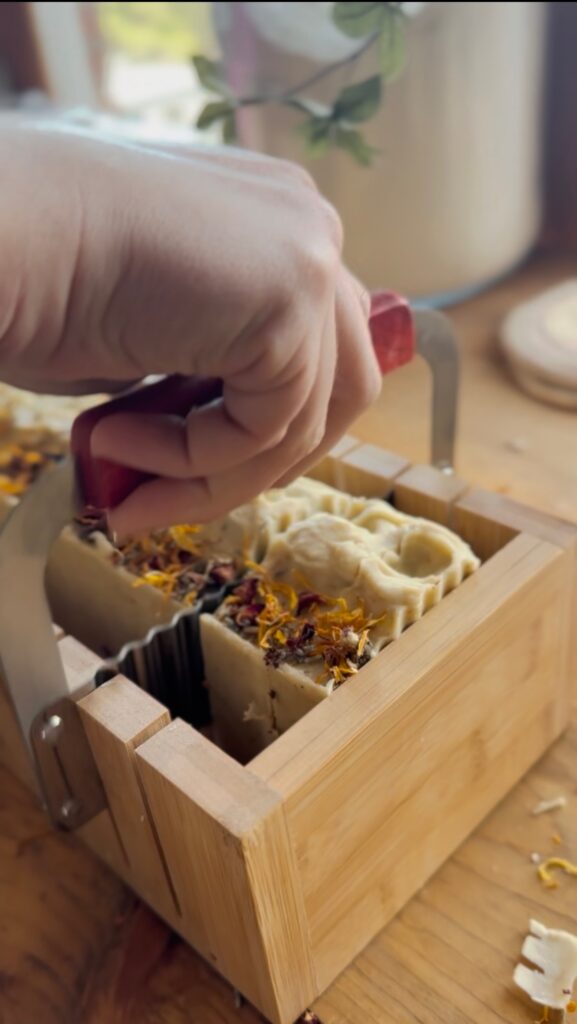

Want to Learn How to Make More Healthy Recipes From Scratch?
Once you start swapping store-bought staples for healthier, homemade alternatives– you won’t ever go back! There is nothing better than creating wholesome meals for your family that are nourishing and delicious! Which is why I created a recipe guide full of healthier, from-scratch versions of your favorite kitchen staples that you and your family will love. Grab a copy today, and fill your kitchen with delicious and simple recipes just like this one!
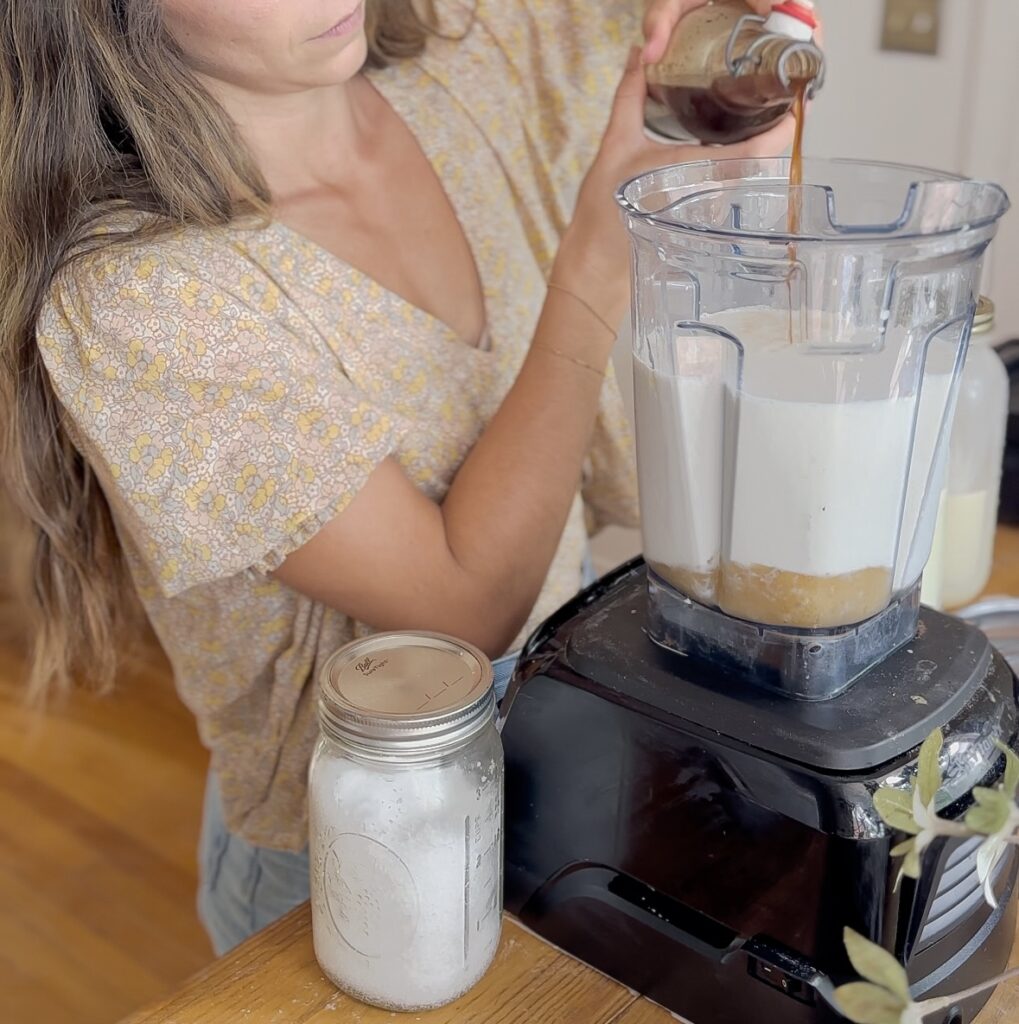
Did you make my homemade cold process soap recipe? Let me know in the comments! And to explore the latest recipes on the blog, check out my recent posts:
